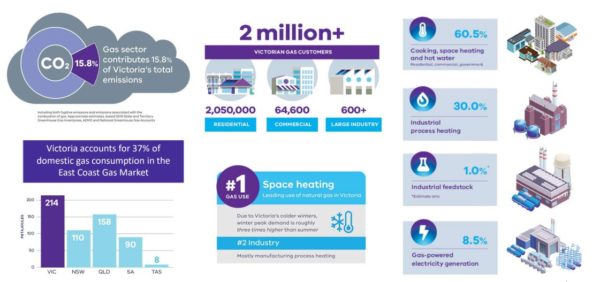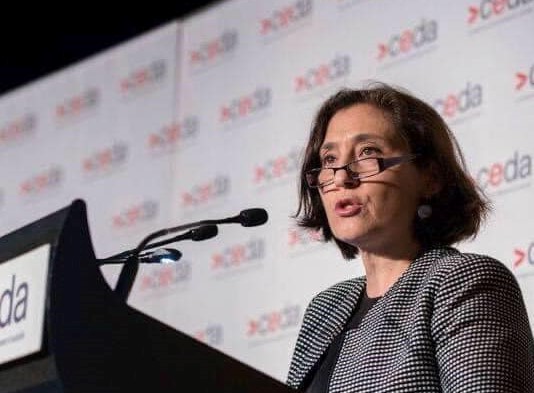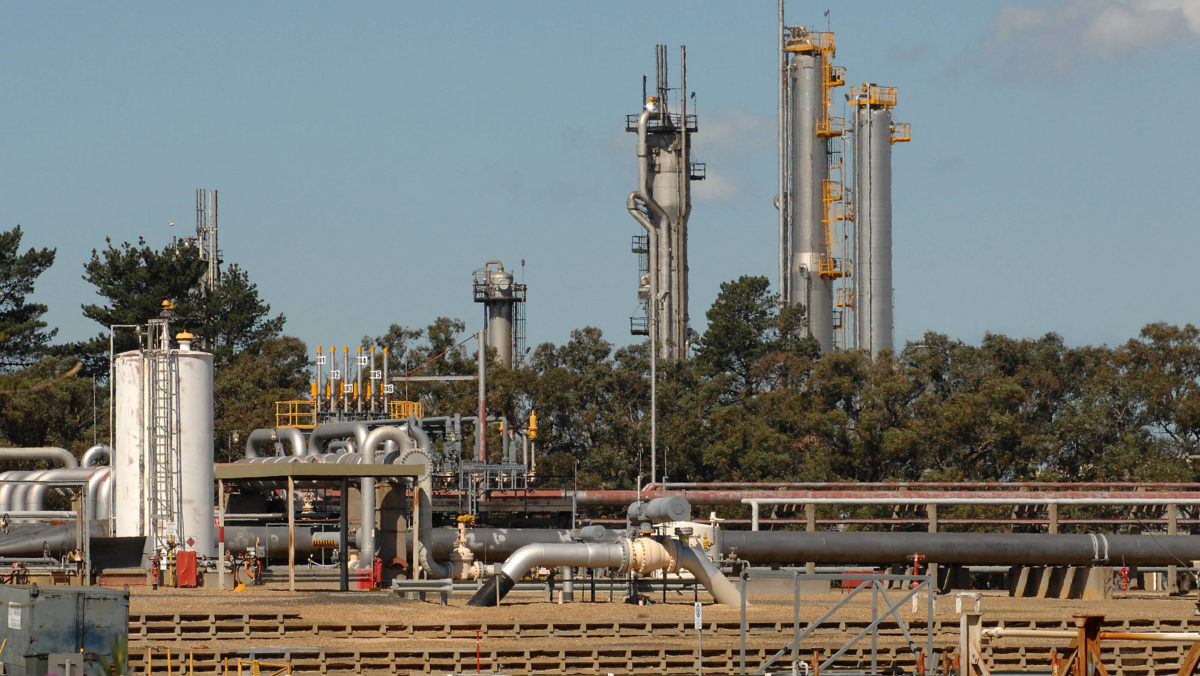The Victorian government has unveiled plans designed to end the state’s reliance on fossil gas, move the market towards a renewable energy future, slash energy bills for both households and businesses and halve carbon emissions by 2030.
Victoria’s Energy Minister Lily D’Ambrosio said the Gas Substitution Roadmap, published on Saturday, is the next stage in the state’s shift away from fossil gas and towards renewable energy alternatives, including solar PV, that deliver cheaper bills for households and businesses.
“Gas is no longer the cheap fuel it once was,” she said. “We know renewables are the cheapest form of energy and we’re making it easier for Victorian households and businesses to go all electric with more choice and more support.
“Victorians have been at the mercy of private gas companies for too long. It’s time to put gas on the backburner as we help Victorians cut energy bills and halve emissions by 2030.”
Victoria uses more gas than any other state or territory in Australia with more than 2 million households and businesses in the state currently using the fossil fuel. The government, which has set targets to halve greenhouse gas emissions by 2030 as part of its commitment to reach net-zero emissions by 2050, said the fossil fuel contributes about 16% to the state’s greenhouse gas emissions but accounts for only 8.5% of electricity generation.
“It is particularly critical for Victoria to proactively prepare for and manage the shift to renewables because we have the highest use of gas for heating, cooking and hot water in Australia,” the roadmap says. “This transition will involve guiding an orderly decarbonisation of the gas system over the long term. The roadmap represents the start of this journey.”

Image: Supplied
The roadmap outlines a range of initiatives including the removal of barriers to all-electric homes and new developments by eliminating the current planning scheme requirement that all new developments be connected to the gas network, and the establishment of higher energy efficiency requirements for households.
It also includes incentives for existing households to switch to electric appliances, and outlines discounts for energy-efficient products and support for Victorian households to install solar PV panels, solar hot water and electric heat pumps, and battery energy storage systems, while existing incentives for all residential gas products will be phased out by the end of 2023.
D’Ambrosio said modelling shows that all-electric new homes with solar panels, could save Victorians thousands of dollars each year on their bills.
The government says an existing dual-fuel home with solar panels that upgrades to efficient, electric appliances can save $570 on heating and cooling and $180 on hot water. Completely converting to an all-electric home can save $1,250 per year, in addition to the $950 saving from the existing solar system. Adding a medium-sized battery can also save a further $520 per year.
“People can be saving thousands of dollars if instead of living in a dual-fuel home they go electric,” she said.
The roadmap also outlines the development of frameworks to assist the large-scale uptake of renewable gases and hydrogen, providing industry with the certainty needed to secure investment.

Image: Supplied
In addition, the state government, which is responsible for approximately 3% of Victoria’s total gas consumption, also said it would look to accelerate its own transition away from the fossil fuel.
Despite the government’s commitment, the roadmap has attracted criticism with green group Environment Victoria saying it lacks clear goals and timelines for the shift away from fossil fuels.
Environment Victoria chief executive Jono La Nauze said the roadmap is a step towards ending Victoria’s dependence on expensive, polluting gas “but lacks urgency”.
“Alarmingly, this roadmap lacks clear goals and timelines and fails to rule out the potential use of dirty fossil hydrogen,” he said. “That really is just the bare minimum.”
Gas industry lobby group Australian Petroleum Production & Exploration Association was also less than impressed with the roadmap, saying that with more than 60% of the Victoria’s electricity still generated using brown coal, “encouraging consumers to switch to electricity is effectively switching to coal”.
This content is protected by copyright and may not be reused. If you want to cooperate with us and would like to reuse some of our content, please contact: editors@pv-magazine.com.









1 comment
By submitting this form you agree to pv magazine using your data for the purposes of publishing your comment.
Your personal data will only be disclosed or otherwise transmitted to third parties for the purposes of spam filtering or if this is necessary for technical maintenance of the website. Any other transfer to third parties will not take place unless this is justified on the basis of applicable data protection regulations or if pv magazine is legally obliged to do so.
You may revoke this consent at any time with effect for the future, in which case your personal data will be deleted immediately. Otherwise, your data will be deleted if pv magazine has processed your request or the purpose of data storage is fulfilled.
Further information on data privacy can be found in our Data Protection Policy.